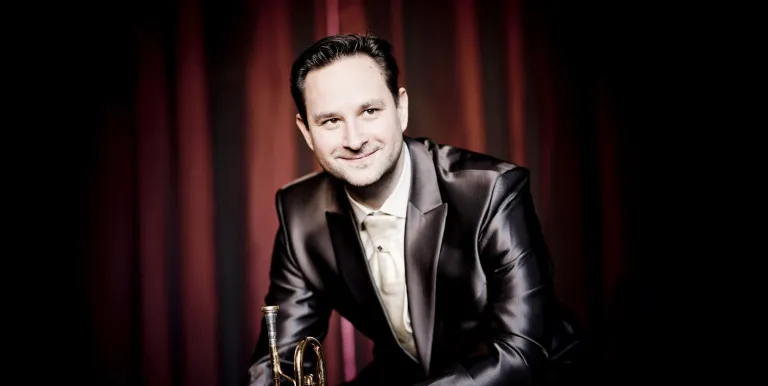Conductor:
Featuring:
Creator:
Stravinsky
Pulcinella
The ballet Pulcinella not only marks a change in Stravinsky’s oeuvre but it is also considered as the beginning of the so-called neo-classicist style in modern music.
In his conversations with his disciple, Robert Craft, Stravinsky spoke about the genesis of Pulcinella in full detail. The idea came from the leader of the Russian Ballet, Sergei Diaghilev; it was he who gave Stravinsky a few brilliant 18th century compositions, some by Pergolesi among them. Up to then, Stravinsky only knew Pergolesi’s Stabat Mater and La serva padrona and said he was not overwhelmed by them in the slightest. However, he complied with Diaghilev’s request, and, to quote him: ”I had a glimpse at them and fell in love with them. The pieces I finally picked were only partly the ones Diaghilev recommended; the rest came from other printed sources but I played through all the pieces by Pergolesi within reach before making my selection. Step one was putting the blueprint of the storyline to paper and deciding the order of the accompanying pieces. In Rome, Diaghilev had found a book full of stories about Pulcinella, which we studied together and we picked certain episodes. I set to work, putting aside all prejudices and aesthetic resolve, knowing nothing about the outcome. What I was sure of was that I must not produce a ‘fake Pergolesi’, since my reflexes work in a basically different way; at best I could repeat him in my own musical dialect. That the ballet turned out to be more or less a satire was inevitable – who could have worked with this material in 1919 without turning satirical? – but this, too, is only an afterthought of mine: I didn’t sit down to compose a satire, and, obviously, the possibility of satire never occurred to Diaghilev. (…) It was Pulcinella where I discovered the past; it was my baptism, whereby my entire future work was made possible. It was a look back, of course – the first among my numerous love affairs of the kind – yet it was also a look at my reflection in the mirror,” says Stravinsky.
The composer created a special dichotomy between the vernacular of 20th century music and the sound of the Baroque revived. He looked into the mirror of the 18th century with awe but directed the light on its reflection to see his own self of the day. Coarse chords and craftily shifted rhythms remind the listener, preoccupied with the sweetness of Pergolesi’s melodies, of the time and place of the premiere: 1920, Paris! The costumes and sets were designed by Pablo Picasso. The premiere caused a great sensation and Stravinsky soon reduced the music of Pulcinella into a suite for chamber orchestra.
- Tickets of each of the 50 minute concerts are 990 HUF, anyone purchasing three tickets is entitled to enter the fourth free of charge. So the cost of attending all 11 concerts is 8910 HUF instead of 10890 HUF.
Presented by: Budapest Festival Orchestra, Palace of Arts
-
We wish to inform you that in the event that Müpa Budapest's underground garage and outdoor car park are operating at full capacity, it is advisable to plan for increased waiting times when you arrive. In order to avoid this, we recommend that you depart for our events in time, so that you you can find the ideal parking spot quickly and smoothly and arrive for our performance in comfort. The Müpa Budapest underground garage gates will be operated by an automatic number plate recognition system. Parking is free of charge for visitors with tickets to any of our paid performances on that given day. The detailed parking policy of Müpa Budapest is available here.










